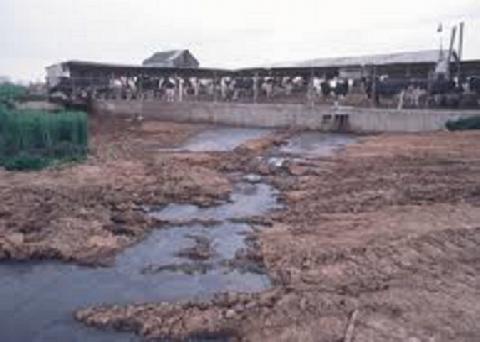Climate change: We need to pay attention to animal agriculture By Hope Mutesi

Animal agriculture is a leading source of climate chaos, generating more greenhouse gas emissions than all cars, trucks and other transportation modes. For example, methane comes from cows, and is 70 times more damaging than carbon dioxide emissions. Livestock are known to produce a substantial amount methane during their digestion. Ruminant animals - goats, sheep and cattle – which are the animals largely kept in Uganda, can digest coarse materials from plants, which can produce methane from the digestion, and the animals release them to the atmosphere through belching. Scientists say methane traps 30 times more heat than carbon dioxide on earth.
Estimates from the Worldwatch Institute, an environmental research organisation based in Washington DC indicate that animal agriculture generates 51% of greenhouse gas emissions.
As a country that relies greatly on the agriculture sector which includes animal agriculture, there is a lot that has to be done to mitigate the on-going climate breakdown. This is because animal agriculture is a leading cause of deforestation and species extinction. Nearly 80% of agricultural land is used for animal feeds and grazing.
The Food and Agricultural Organisation estimates that animal agriculture contributes 14% of greenhouse gases. However, this low estimate includes assumptions, such as a long life of methane and does not account for the negative opportunity cost of removing forests, which acted as carbon sinks, for grazing and for producing animal feeds.
Scientists estimate that 150-200 species of plants, insects, birds and mammals become extinct every 24 hours. We must end excessive animal agriculture and reforest the earth to bring down the atmospheric carbon content.
By Mutesi Hope
